By Dr. C.D. Sreenivasa Murthy
Constitution Day, also known as ‘Samvidhan Divas,’ is observed in our country on 26th November every year to commemorate the adoption of the Constitution of India on 26th November 1949 and which came into effect from 26th January 1950.
The idea of the formation of a Constituent Assembly was first suggested by M.N. Roy in 1934. Manabendra Nath Roy, better known as M. N. Roy (21 March 1887 – 25 January 1954). He was an Indian revolutionary, philosopher, radical activist and political theorist. Roy was also the Principal Founder of the Communist Party of India (CPI).
On December 9, 1946, the Constituent Assembly held its first session. Originally consisting of 389 members, the Assembly’s size was reduced to 299 after India’s partition. Over three years, the Assembly conducted eleven sessions over 165 days to draft the Constitution. The Constitution of India became legally binding on November 26, 1949, when all the members signed it. Each member signed the Constitution twice — once the English and then the Hindi original copies.
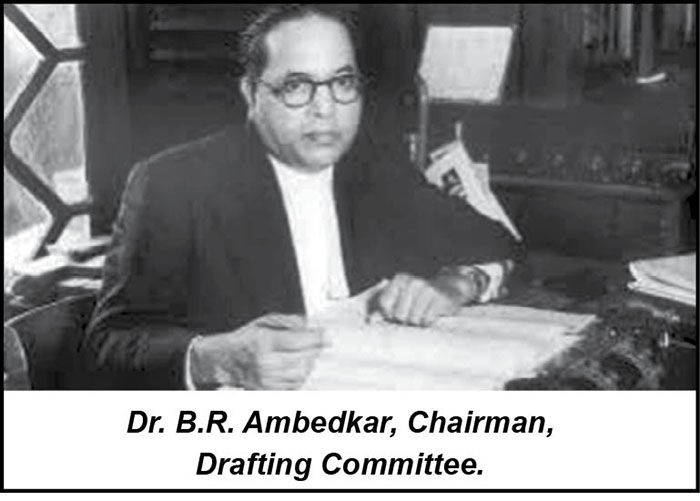
The Preamble of the Indian Constitution is based on the ‘Objectives Resolution,’ drafted by Pandit Nehru. He moved it on December 13, 1946 and was adopted by the Constituent Assembly on January 22, 1947.
The Government of India Act, of 1935, served as a fundamental source of the Indian Constitution. It established the framework and administrative structure for governance during British colonial rule in India. Many provisions of the Indian Constitution, especially those related to the distribution of powers between the Central and State governments, were influenced by this Act.
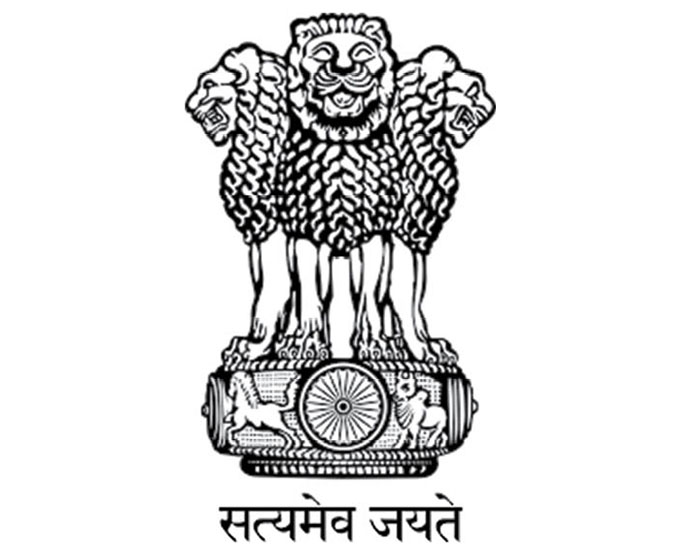
Universal Declaration of Human Rights (UDHR), adopted by the United Nations in 1948, had a significant impact on the inclusion of fundamental rights and human rights provisions in the Indian Constitution. The concepts of human rights, liberty, equality and dignity were incorporated into the Constitution.
The framers of the Indian Constitution also drew inspiration from various Constitutions of other countries. For example, the concept of the Directive Principles of State Policy was influenced by the Irish Constitution, while the Parliamentary System of Governance was borrowed from the United Kingdom. The Vice-President of India being the Chairman of the Rajya Sabha (RS), follows the USA Constitution where the Vice-President presides over the US Senate.

The Constitution of India was meticulously calligraphed in English by the skilled hand of Prem Behari Narain Raizada, using a graceful flowing italic style. The Hindi version was masterfully calligraphed by Vasant Krishan Vaidya. Each page of the original Constitution is decorated and beautified by the skilled artists of Shantiniketan.
The original hand-written Constitution is adorned with pictures of Indian History and Mythology by Nandalal Bose, who was a pioneer of modern Indian art, along with his disciple Beohar Rammanohar Sinha, and 40 of his students. The document is not merely a legal instrument but a work of art, bound in black leather and embossed with intricate gold patterns. This marriage of artistic brilliance and legal significance makes the Constitution a testament to India’s rich cultural tapestry.

The original copies of the Indian Constitution, comprising 251 pages in English and Hindi, are securely preserved in specially designed helium-filled cases at the Library of Parliament of India.
Our Constitution is the largest and longest in the world. It comprises about 1,46,385 words. It has 444 Articles segmented into 22 parts and 12 Schedules with 118 amendments to date.

One of the unique features of the Indian Constitution is that, notwithstanding the existence of Union and State Acts in their respective spheres, it provides for a single administrative system of courts to administer both Central and State laws.
India is described as a ‘Union of States,’ instead of a ‘Federation’ which many felt would be more appropriate. While presenting the Draft Constitution, the Drafting Committee Chairman Dr. B.R. Ambedkar explained that the ‘Union of States’ was used to clarify that States did not have the right to secede from India. Hence, the word ‘Federation’ is not found anywhere in the Indian Constitution.
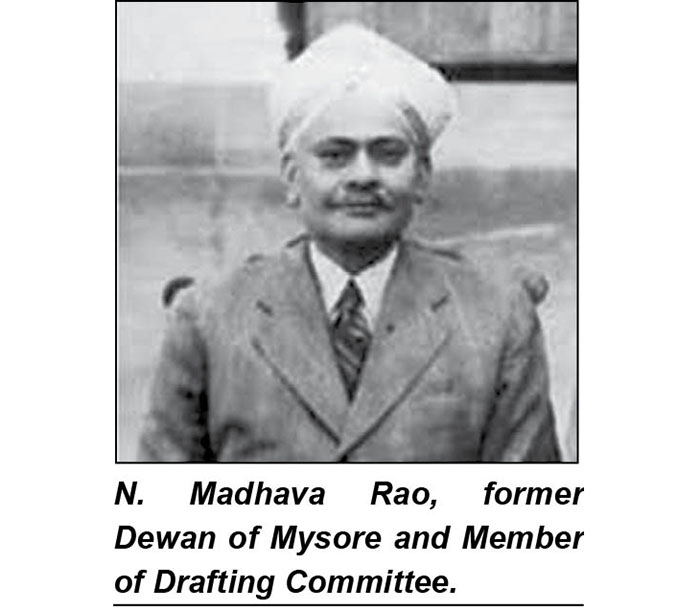
The Eighth Schedule of the Constitution of India lists the languages officially recognised by the Government of India. As of 2024, 22 languages have been classified under the Schedule. English is not mentioned in the list. The Official Languages Act, of 1963 which came into effect on 26 January 1965, made provision for the continuation of English as an official language alongside Hindi. English, ‘a Germanic language written with Latin script,’ was declared as an additional official language to be used for a period not exceeding 15 years.
The Constitution of India was adopted by the Constituent Assembly in English. A Hindi translation of the Constitution signed by the members of the Constituent Assembly was also published in 1950 under the authority of the President of the Constituent Assembly by a resolution adopted by that Assembly.
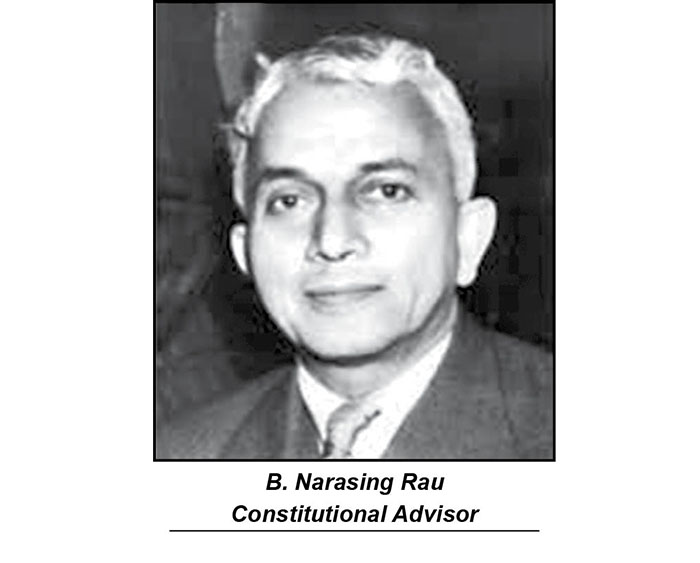
Two Kannadigas played important roles in the preparation of the Constitution. Nyamati Madhava Rao, former Dewan of the Mysore State, was a member of the Constituent Assembly and also served on the Drafting Committee. Benegal Narsing Rau was Constitutional Advisor to the Assembly and played a key part in drafting of Constitution.
Dr. B.R. Ambedkar is widely recognised as the Father of India’s Constitution for his significant contributions to its drafting. Several committees and reports played a role in shaping the provisions of the Indian Constitution. The most notable of these is the report of the Fundamental Rights Sub-Committee, which was chaired by Sardar Vallabhbhai Patel and contributed to the inclusion of fundamental rights in the Constitution. There were 15 women members in the Constituent Assembly and the prominent among these are Sarojini Naidu, Rajakumari Amrut Kaur and Vijayalaxmi Pandit.
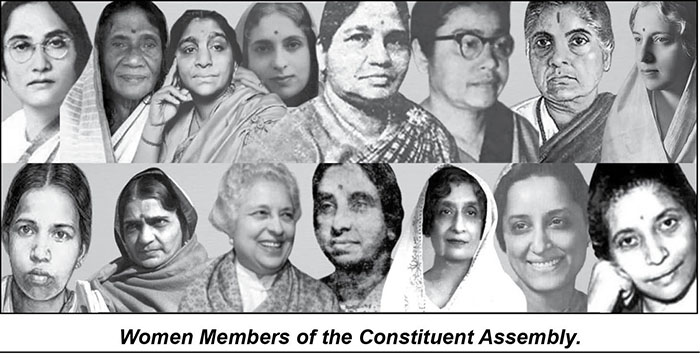
Constitution of India, the Magnum Opus, stands as a testament to the wisdom, foresight and collective vision of the founding persons of the nation and the learned members of the Assembly. The interesting and lesser-known facts about Constitution of India highlight its complexity, uniqueness and role as the guiding force behind stability of our Nation as a Democracy.
As we commemorate the Constitution’s role in shaping India’s past, present and future, it remains the invaluable cornerstone of the nation’s identity and its governance.



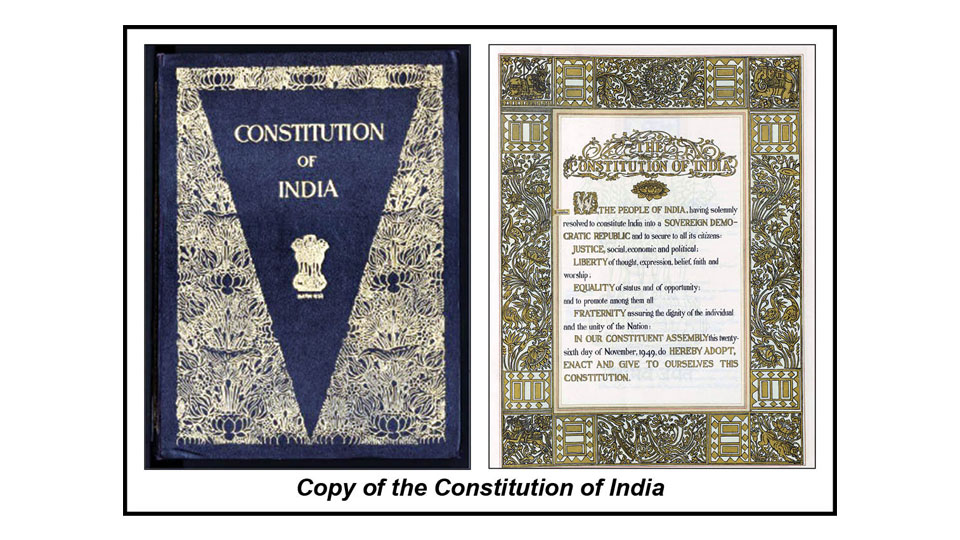
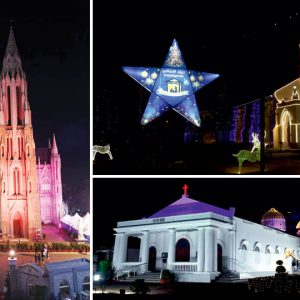
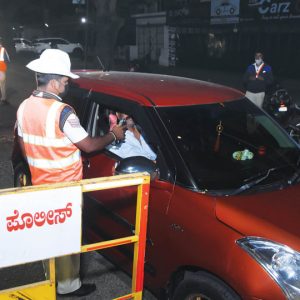
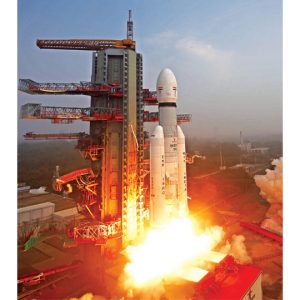
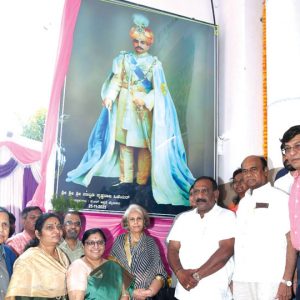
Recent Comments